Made of money: ceramicist Barnaby Barford unveils latest sculpture
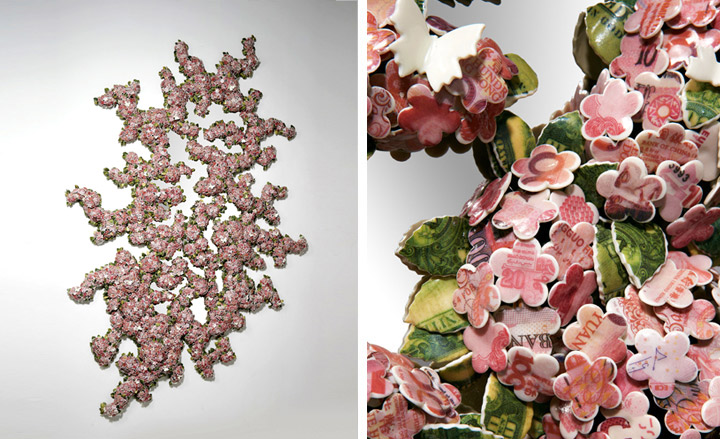
Barnaby Barford's latest sculpture brings new meaning to the phrase 'made of money'. Crafted from 9,000 handmade porcelain flowers and leaves which have been adorned with fragments of paper currency, 'Avarice' may look pretty and blossom-like, but it's a sharp comment on excess and greed. Look in its mirror and 'you see the truth', according to the British ceramic artist.
Known for hacking up existing porcelain figurines and reworking them to witty - and sometimes rather smutty - narrative ends, Barford's new work is something of a change of tack for the artist. This time, every bit of the sculpture has been handmade by him.
The work will be shown by David Gill Galleries at the Pavilion of Art & Design London, from 10 to 14 October. In advance of the fair, we caught up with Barford to find out how the piece came to life...
Why did you decide to create something from scratch?
I wanted a new challenge. I know I can make the found figurine sculptures. I wanted to try and do something that I didn't know how to do. I wouldn't be sure how it would come out. The idea was to stretch myself both mentally and physically.
How did your approach to this piece differ from your past works?
It's a complete departure for me. I decided to start afresh so I began in January, reading, thinking, drawing, without too much notion of what would come out. I played with the material, forms, and colours. I wanted to really explore the idea of Avarice and what it means to me and our society now. It was much more in depth analysis than I have been used to working on. The whole process has been different, but this was really the aim of the project.
What prompted this piece? Why the sudden commentary on greed and wealth?
Money, or even the lack of it, seems more important now than it has in recent history. We are obsessed by it. It dominates and rules our lives, whether we have it or not. We cannot do anything without it. The numbers that are banded around are astronomical - we have almost lost touch with money as a real thing. The gap between the richest and the poorest is ever growing yet money is central to all of our day to day lives. It represents all the material goods that have become so central to us. Money is universal.
How long did it take to make? Please talk us through the process?
The piece took four months. I rolled out the porcelain, then cut the flower and leaf shapes. These were then cleaned up (fettled) when dry and biscuit-fired to 1000ºC. They were then glazed, cleaned up and re-fired to 1260ºC. The decals were cut and applied to the porcelain pieces and fired again to around 840ºC. The enamelled wire was twisted and then cut to length and bent, before being attached to the flowers using epoxy putty. When all of this was done 9000 times, the the flowers were finally fixed in resin and attached to the mirror.
The viewer becomes part of the work when they look in the mirror. How does it make you, yourself feel when you look at your reflection in it?
The mirror surface is distorted so your reflection becomes a little like the house of mirrors in a circus. You can never catch your full real reflection. It is always moving; it makes the piece alive. It is beautiful yet vulgar. I like the beauty of the actual money but iwhat it represents is all that is bad in this world. So I feel these emotions when looking at it.
What can we expect from you next?
Having developed this way of working, I want to explore the possibilities, in the near future using similar forms but further down the line with other applications. I have an exhibition in April at David Gill Galleries, Mayfair, where the results of this new work will be exhibited.
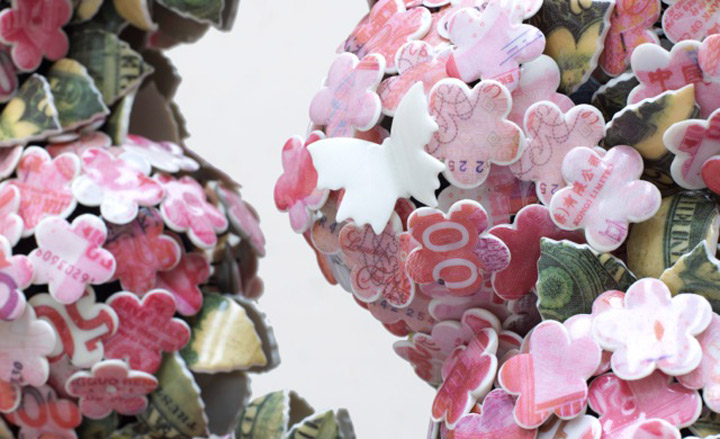
Closer inspection of the sculpture reveals fragments of paper currency on the petals
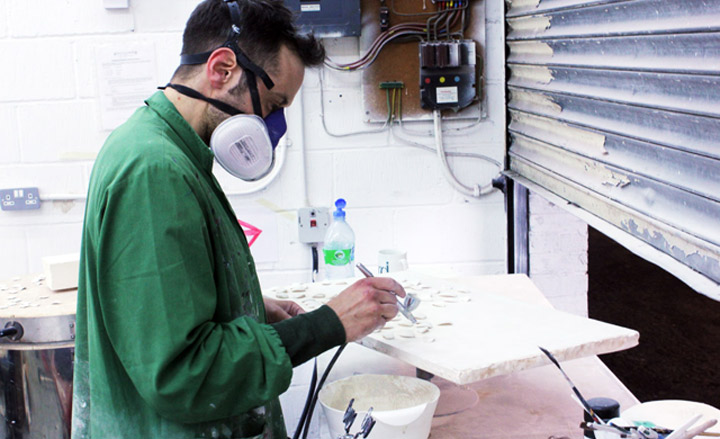
Barford crafted the entire piece by hand in his studio.
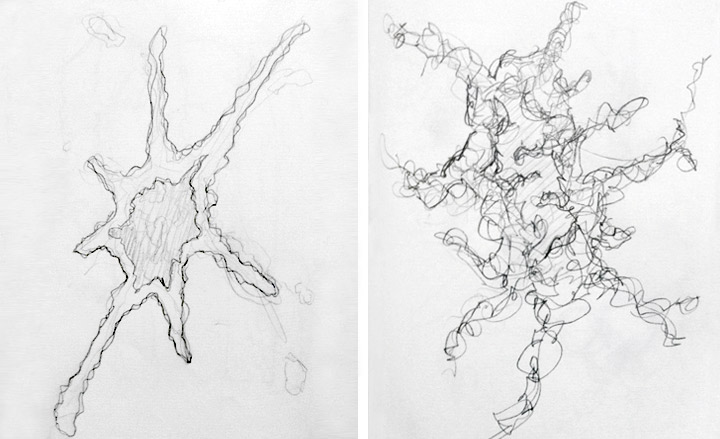
Early sketches of Avarice
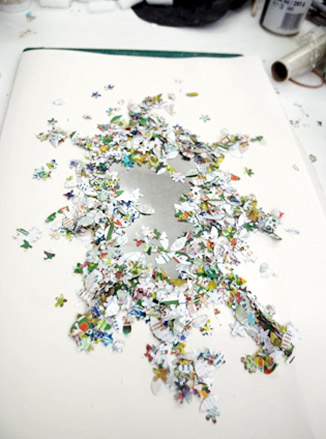
A maquette of the sculpture
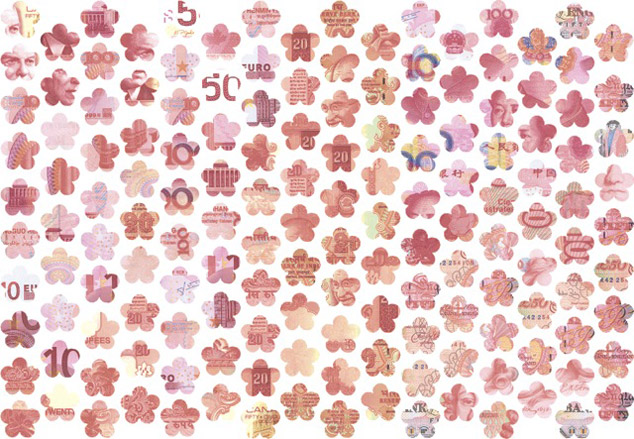
The decals
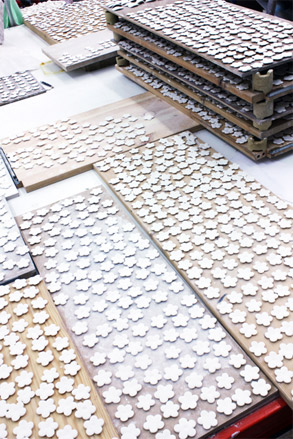
The porcelain flowers, laid out before firing
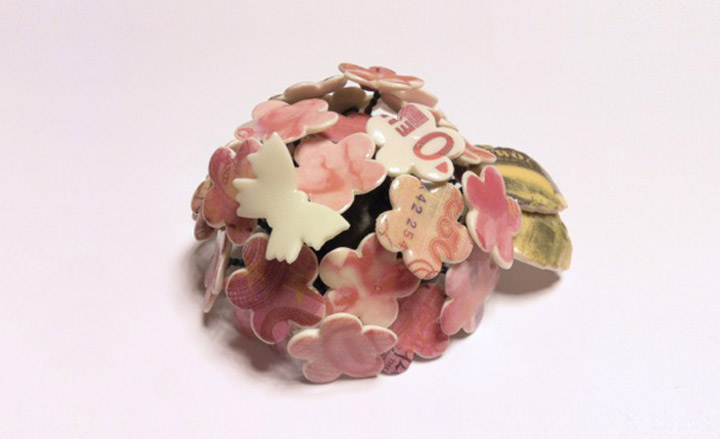
The first test cluster.
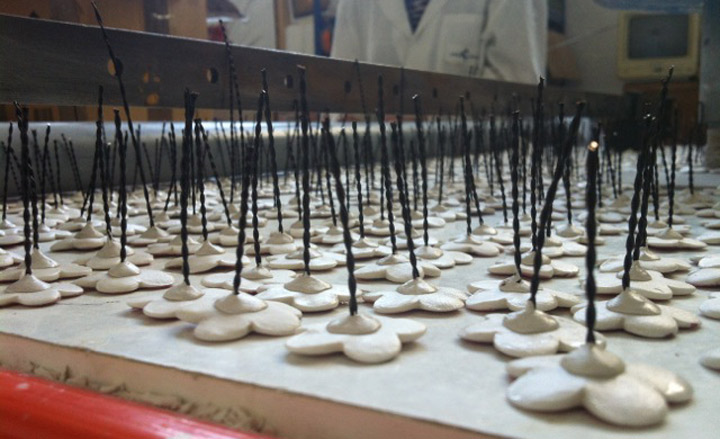
Attaching the wire to the petals
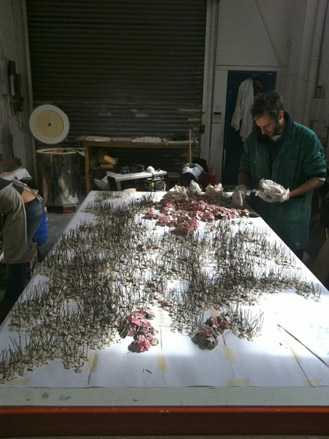
Laying out the piece over a life-sized drawing
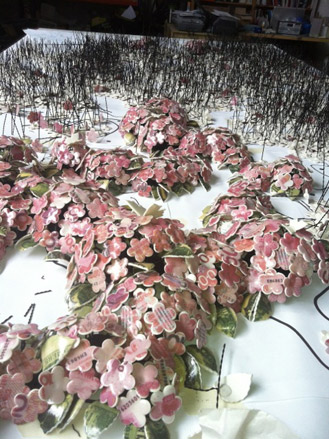
The sculpture starts to take shape
Receive our daily digest of inspiration, escapism and design stories from around the world direct to your inbox.
Malaika Byng is an editor, writer and consultant covering everything from architecture, design and ecology to art and craft. She was online editor for Wallpaper* magazine for three years and more recently editor of Crafts magazine, until she decided to go freelance in 2022. Based in London, she now writes for the Financial Times, Metropolis, Kinfolk and The Plant, among others.
-
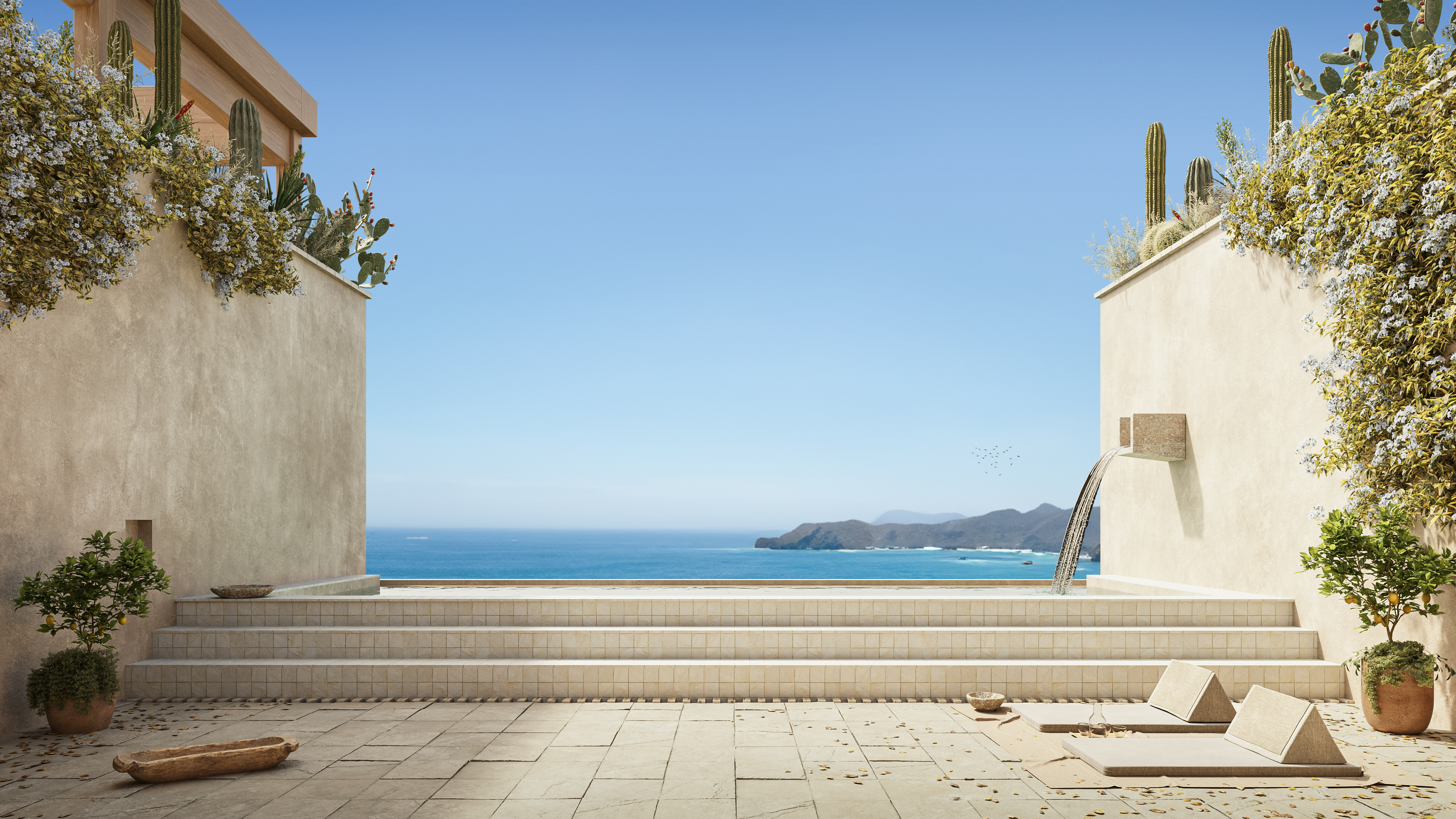 These Guadalajara architects mix modernism with traditional local materials and craft
These Guadalajara architects mix modernism with traditional local materials and craftGuadalajara architects Laura Barba and Luis Aurelio of Barbapiña Arquitectos design drawing on the past to imagine the future
-
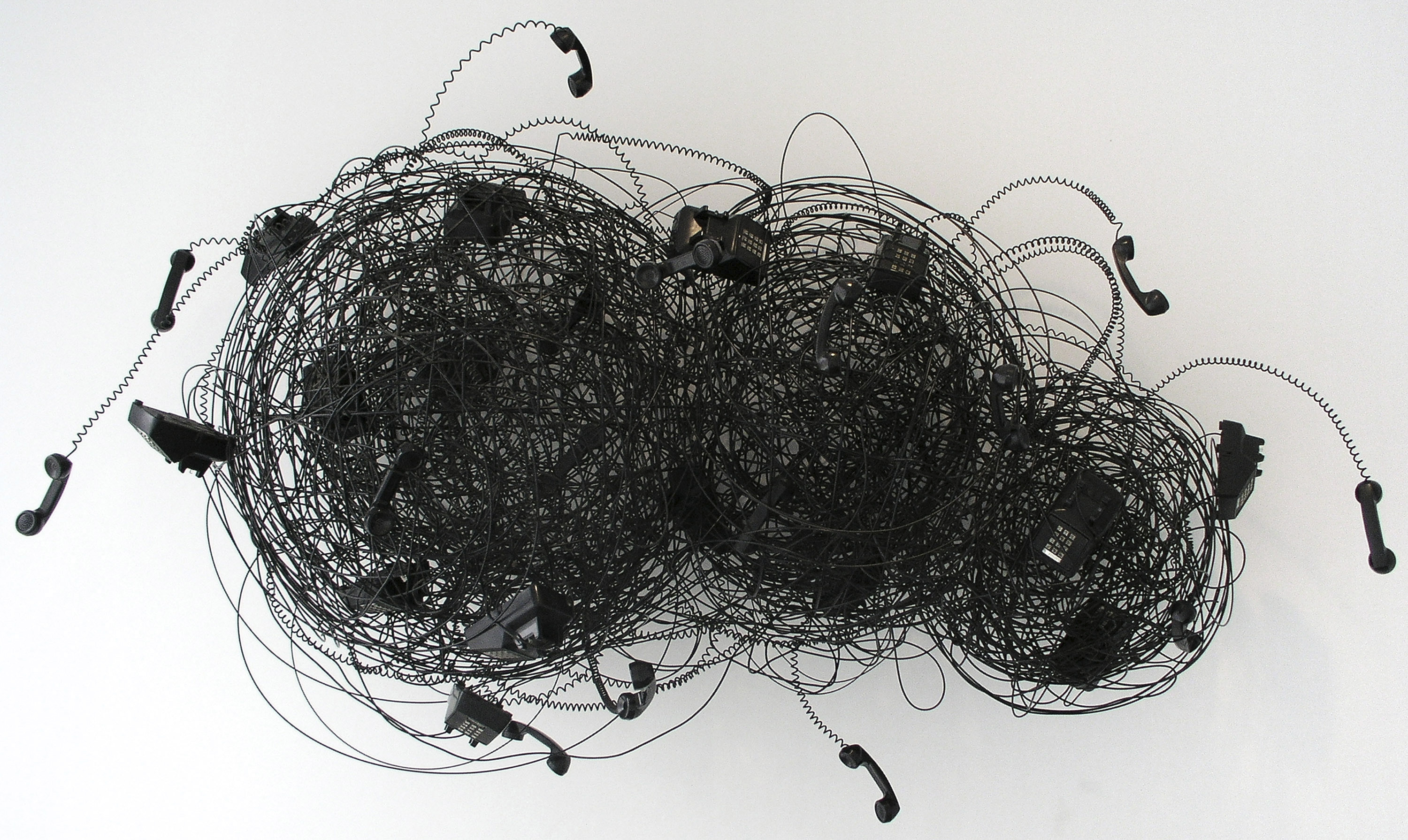 Robert Therrien's largest-ever museum show in Los Angeles is enduringly appealing
Robert Therrien's largest-ever museum show in Los Angeles is enduringly appealing'This is a Story' at The Broad unites 120 of Robert Therrien's sculptures, paintings and works on paper
-
 The Wallpaper* style team recall their personal style moments of 2025
The Wallpaper* style team recall their personal style moments of 2025In a landmark year for fashion, the Wallpaper* style editors found joy in the new – from Matthieu Blazy’s Chanel debut to a clean slate at Jil Sander
-
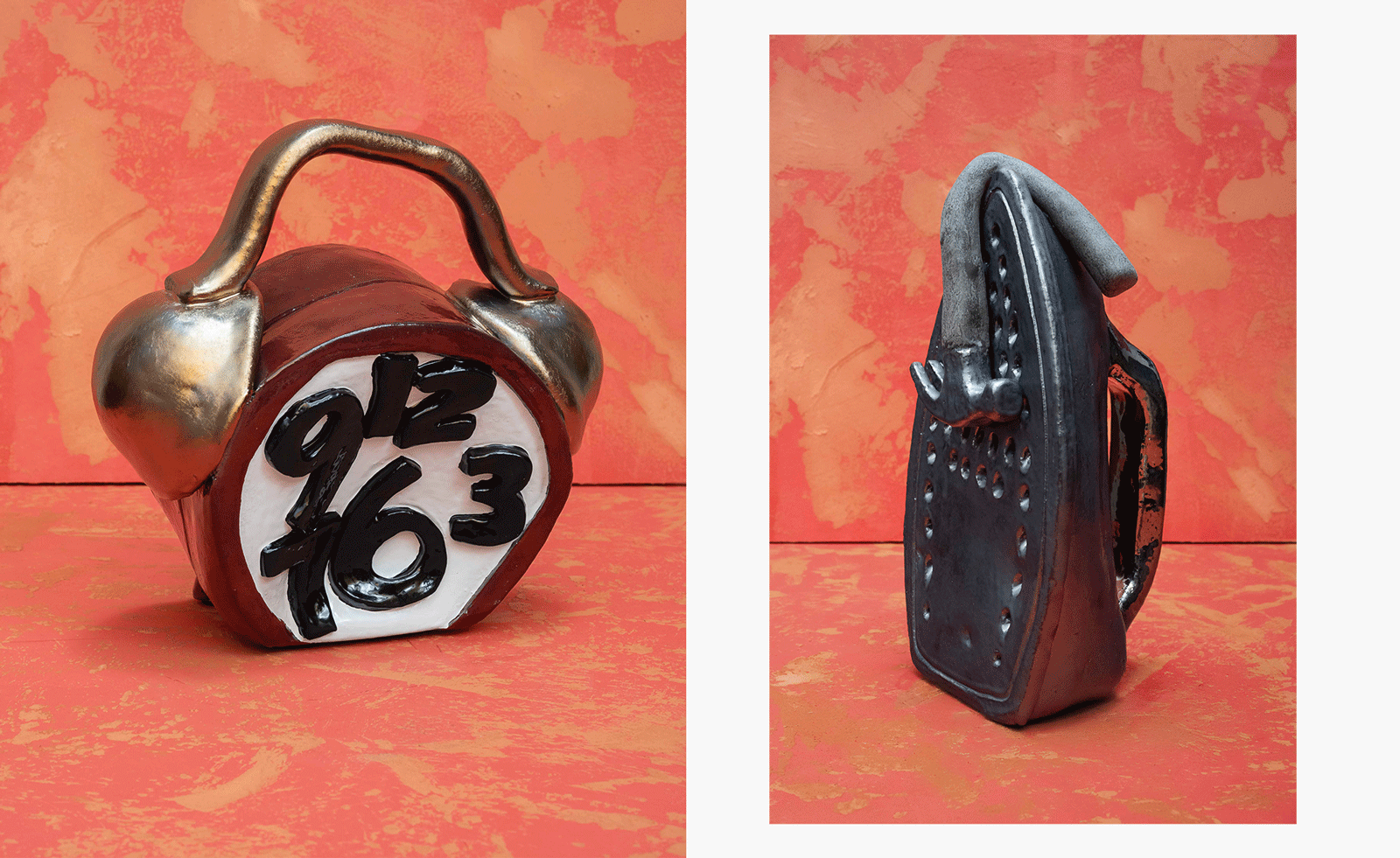 Sculptor Woody De Othello paints a Miami museum red for a show that ‘almost hugs you’
Sculptor Woody De Othello paints a Miami museum red for a show that ‘almost hugs you’The Miami-born, California-based artist opens his first museum exhibition in his hometown as an experiential journey through life and lifeless objects
-
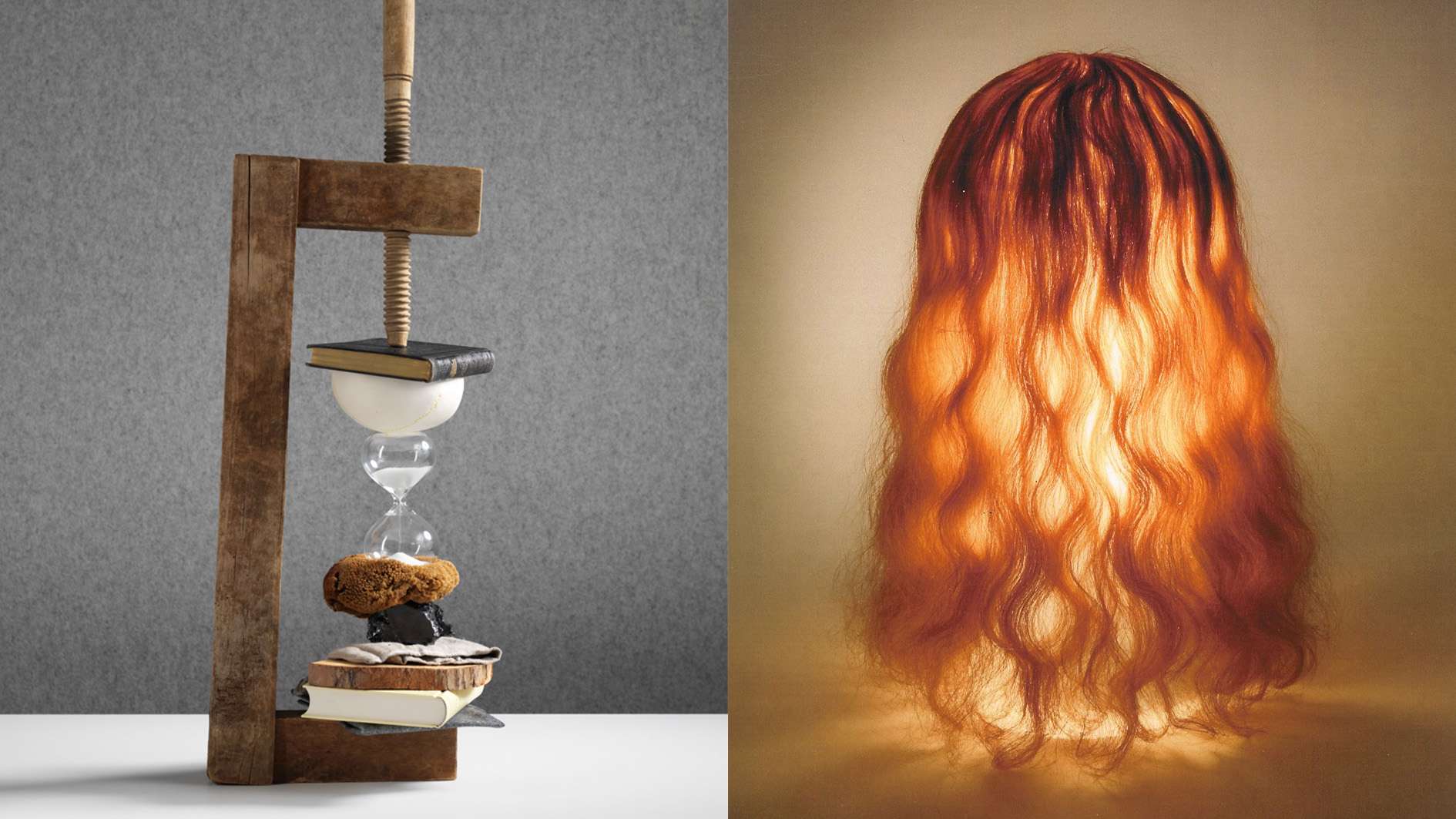 Rolf Sachs’ largest exhibition to date, ‘Be-rühren’, is a playful study of touch
Rolf Sachs’ largest exhibition to date, ‘Be-rühren’, is a playful study of touchA collection of over 150 of Rolf Sachs’ works speaks to his preoccupation with transforming everyday objects to create art that is sensory – both emotionally and physically
-
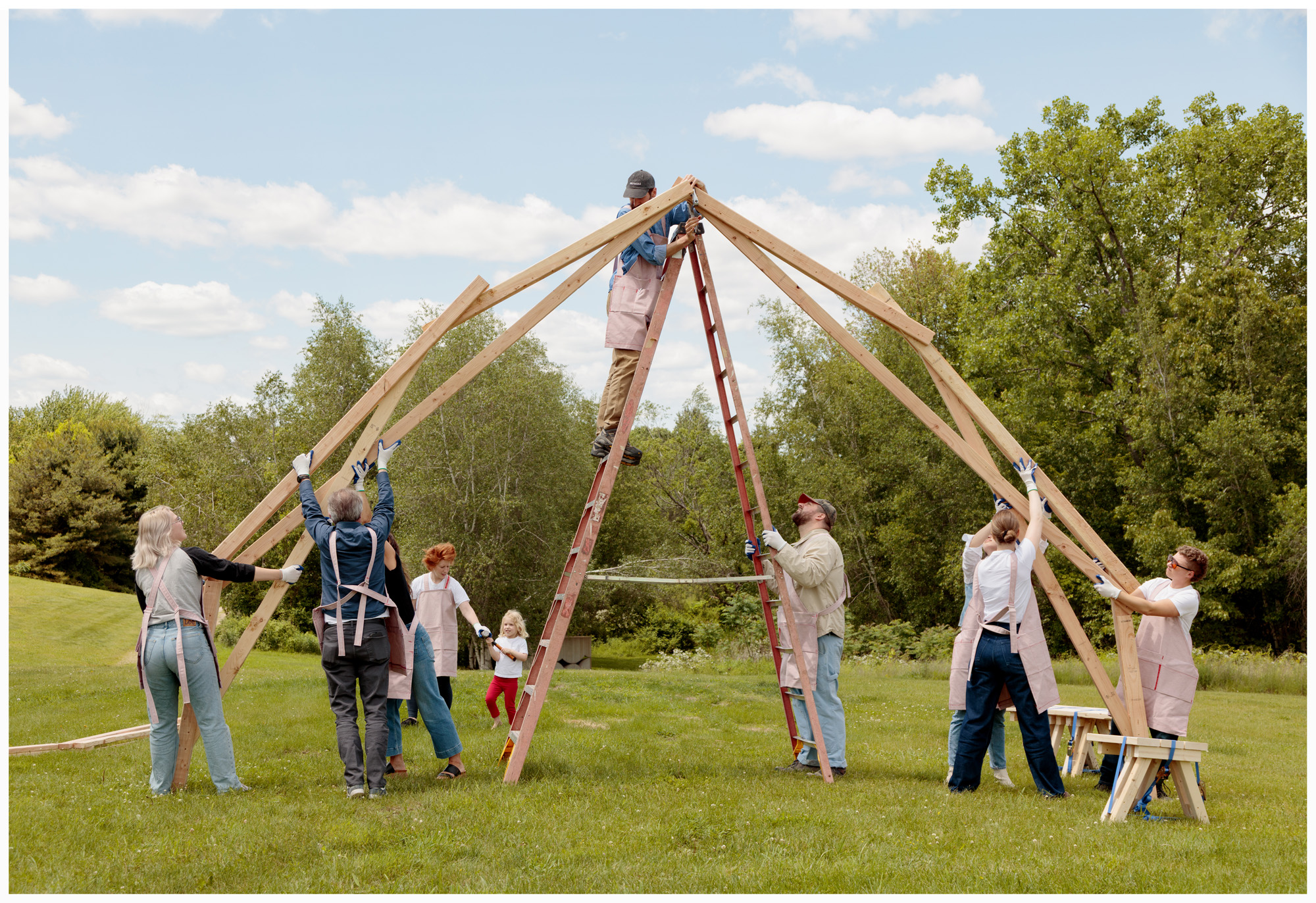 Architect Erin Besler is reframing the American tradition of barn raising
Architect Erin Besler is reframing the American tradition of barn raisingAt Art Omi sculpture and architecture park, NY, Besler turns barn raising into an inclusive project that challenges conventional notions of architecture
-
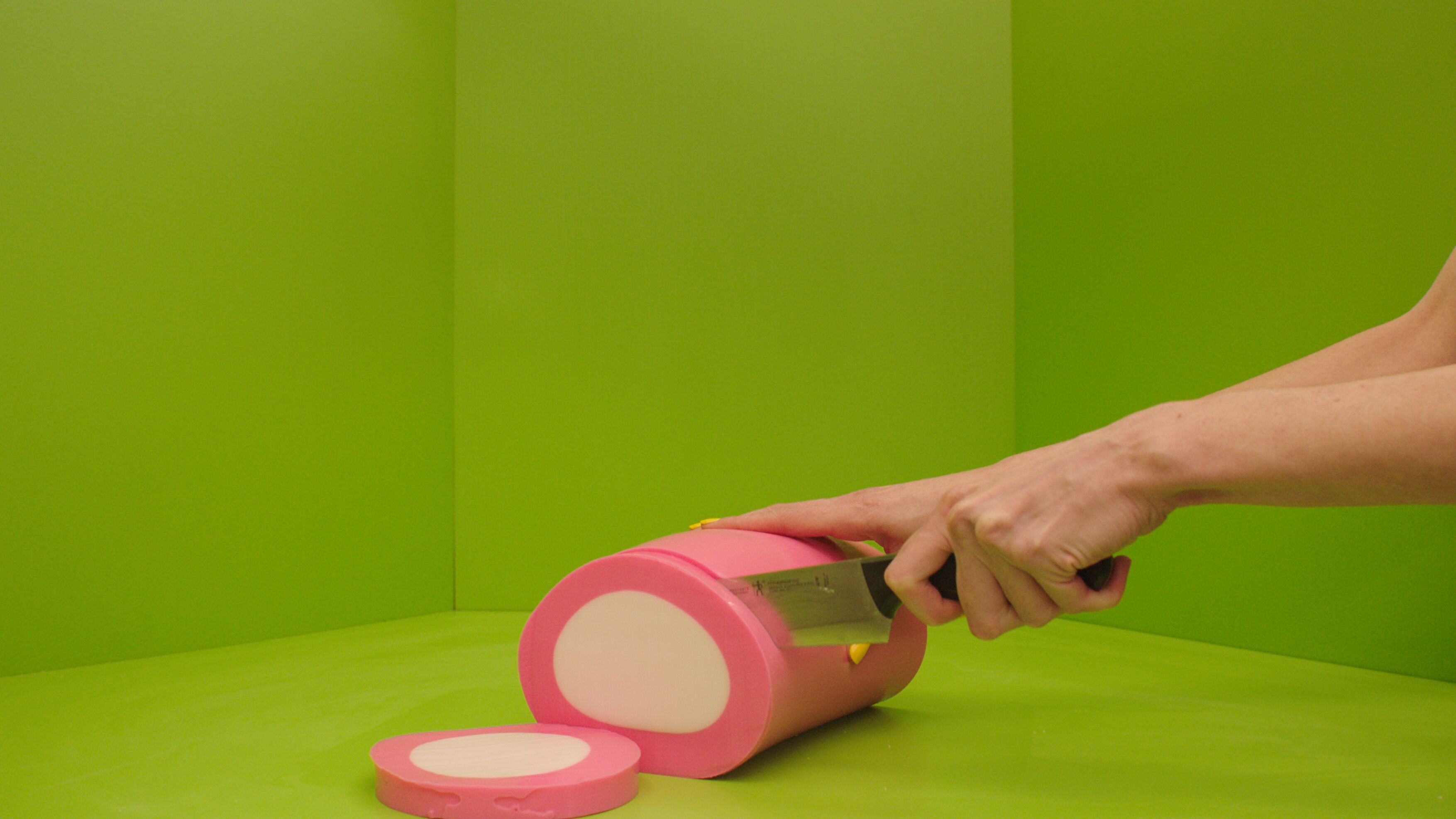 What is recycling good for, asks Mika Rottenberg at Hauser & Wirth Menorca
What is recycling good for, asks Mika Rottenberg at Hauser & Wirth MenorcaUS-based artist Mika Rottenberg rethinks the possibilities of rubbish in a colourful exhibition, spanning films, drawings and eerily anthropomorphic lamps
-
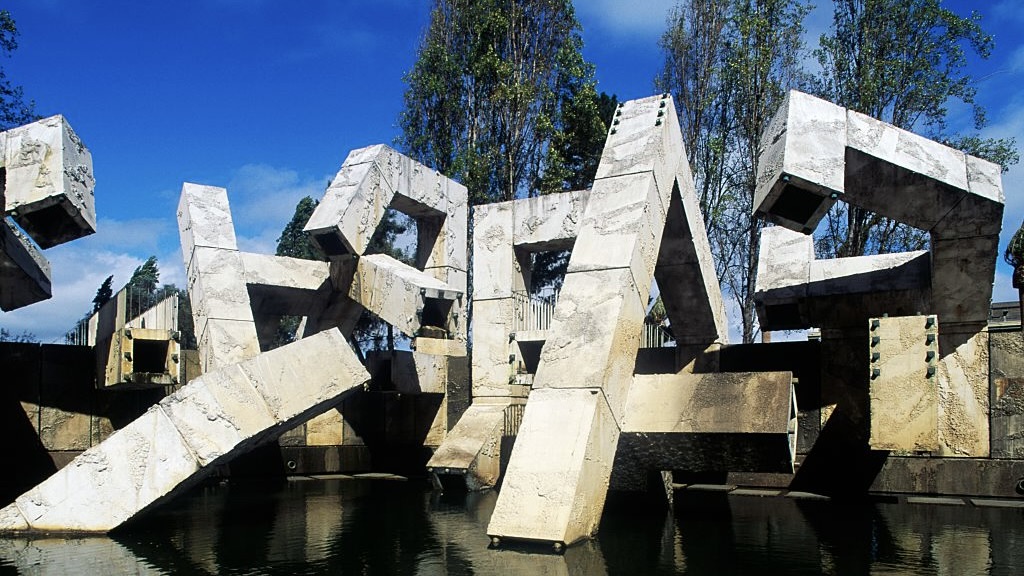 San Francisco’s controversial monument, the Vaillancourt Fountain, could be facing demolition
San Francisco’s controversial monument, the Vaillancourt Fountain, could be facing demolitionThe brutalist fountain is conspicuously absent from renders showing a redeveloped Embarcadero Plaza and people are unhappy about it, including the structure’s 95-year-old designer
-
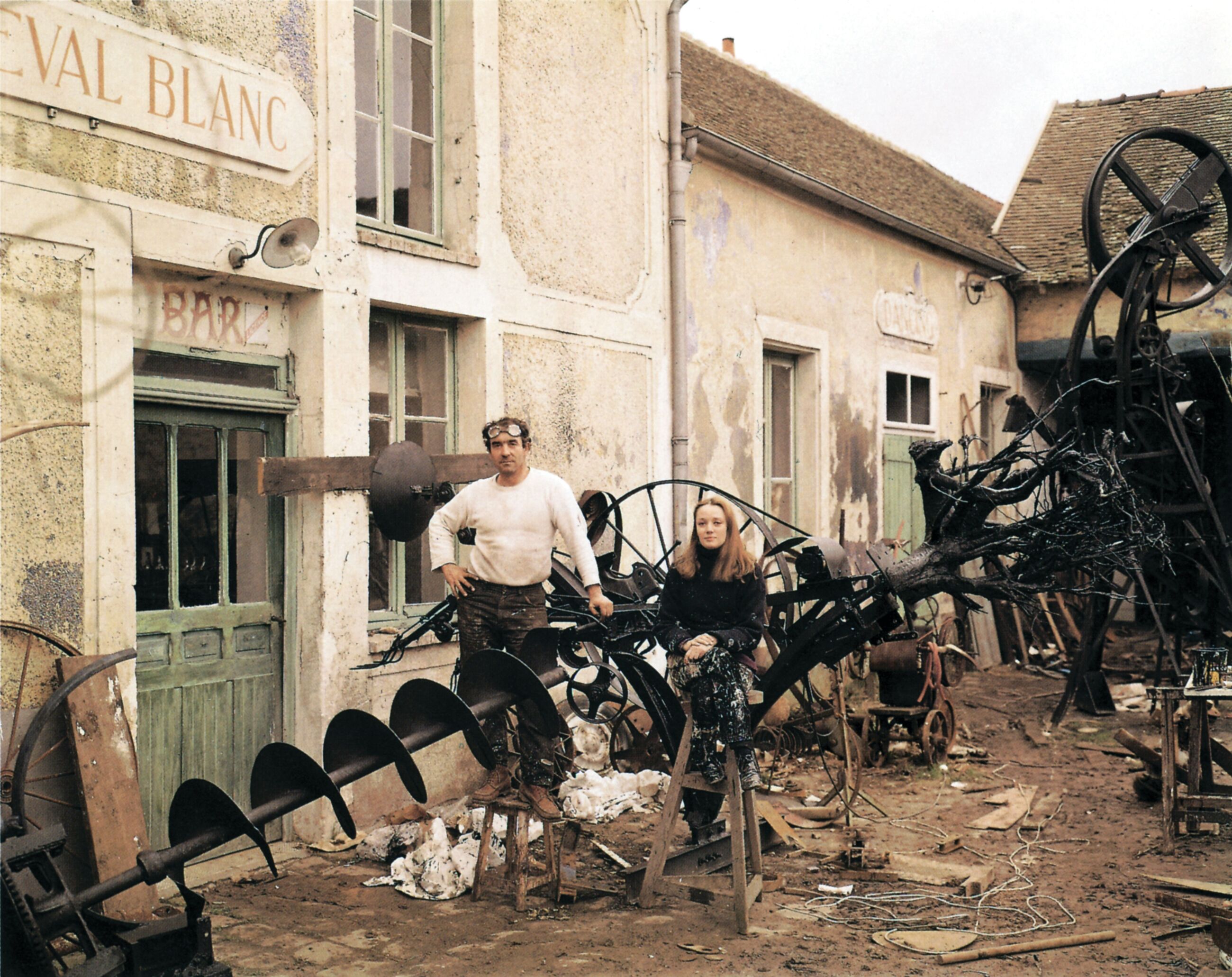 See the fruits of Niki de Saint Phalle and Jean Tinguely's creative and romantic union at Hauser & Wirth Somerset
See the fruits of Niki de Saint Phalle and Jean Tinguely's creative and romantic union at Hauser & Wirth SomersetAn intimate exhibition at Hauser & Wirth Somerset explores three decades of a creative partnership
-
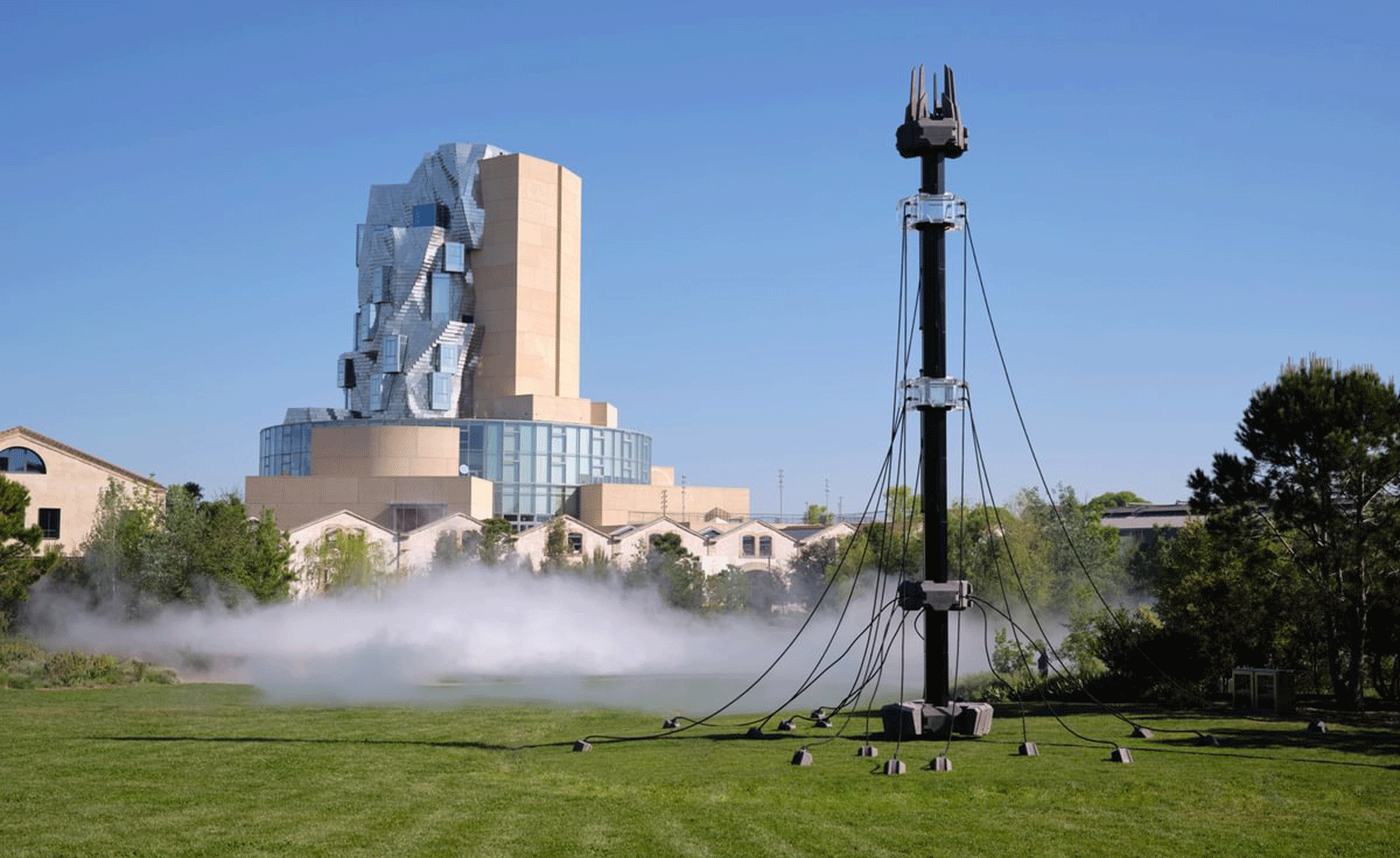 Technology, art and sculptures of fog: LUMA Arles kicks off the 2025/26 season
Technology, art and sculptures of fog: LUMA Arles kicks off the 2025/26 seasonThree different exhibitions at LUMA Arles, in France, delve into history in a celebration of all mediums; Amy Serafin went to explore
-
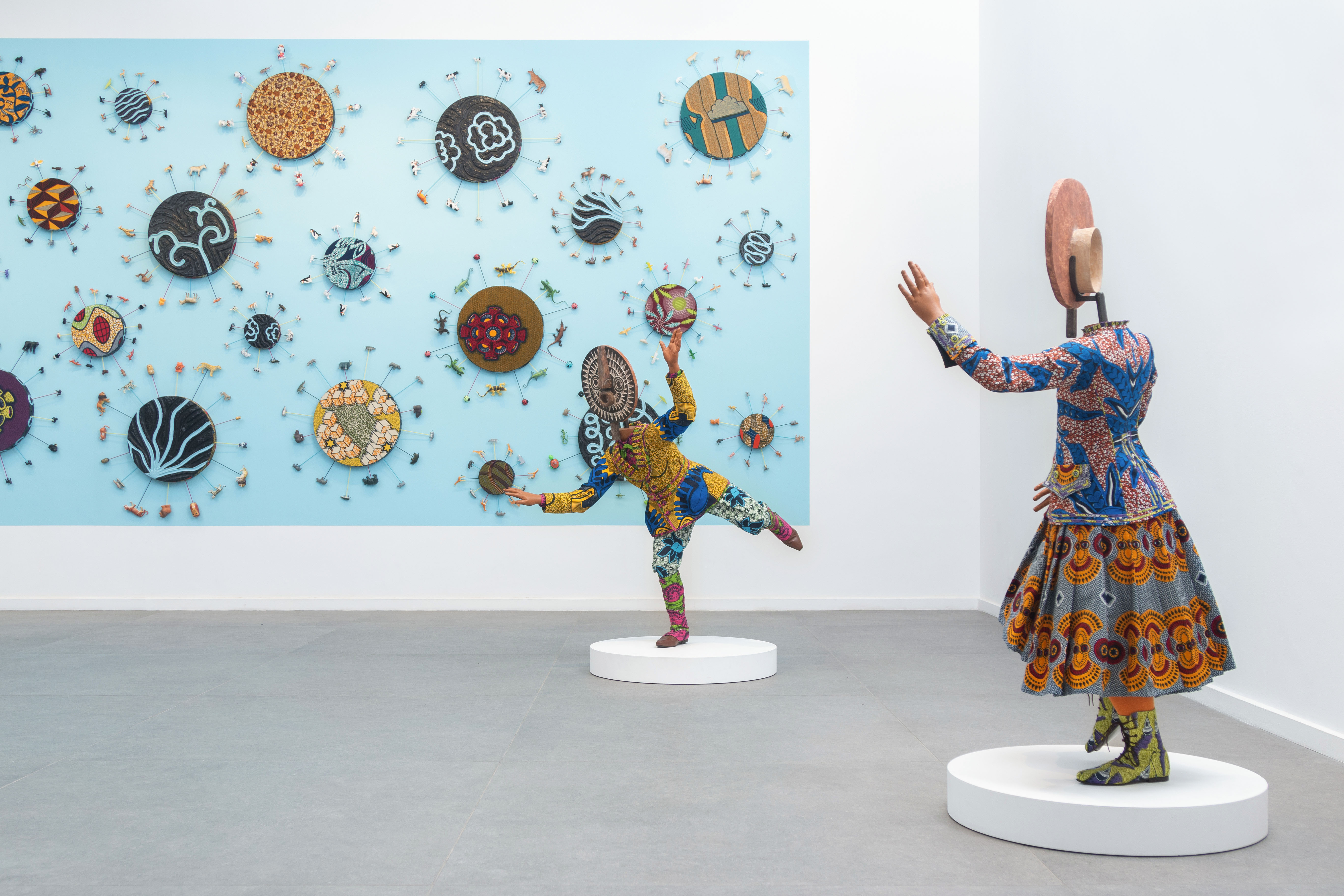 Inside Yinka Shonibare's first major show in Africa
Inside Yinka Shonibare's first major show in AfricaBritish-Nigerian artist Yinka Shonibare is showing 15 years of work, from quilts to sculptures, at Fondation H in Madagascar